The one that creates the future
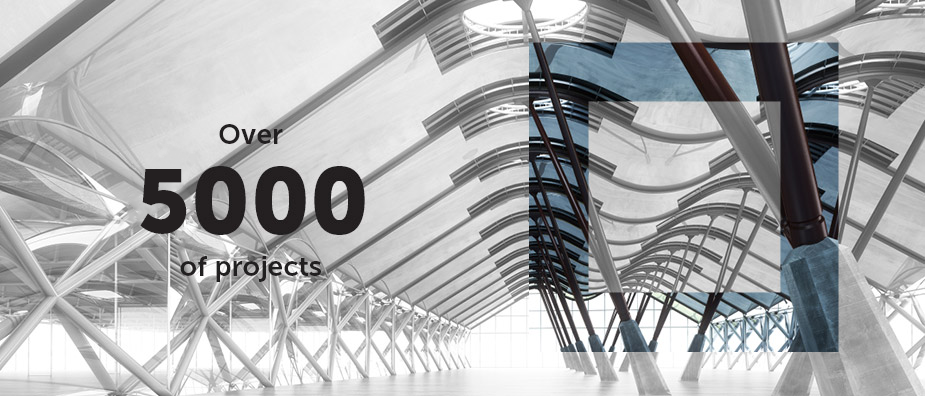

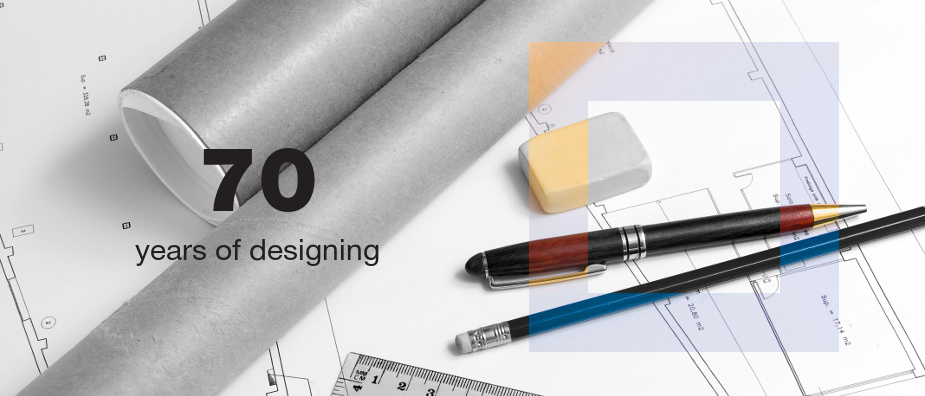


History
History Project institute №1 - the country's history
1946
Hydrovoenproject Project Development Institute No. 1 was established in 1946 on the basis of Promstroyproject Leningrad Trust and the Leningrad branch of Promstroyproject. The order for its establishment was signed by S. Ginsburg, USSR Minister of Military and Naval Enterprises, on 31 March. In the beginning, the staff comprised just 79 employees. The Institute’s establishment process was generally completed by November 1946. Promstroyproject assigned the Institute 252 planners by the order dated 16 November I946.
The Institute’s core business areas in the first years after the war included restoration and expansion projects for shipbuilding, ship-repair and naval facilities, ports, airfields, construction industry enterprises and construction-material bases, all-type buildings and structures for civil and utility purposes.
Projects
More than 5,000 facilities in 20 countries
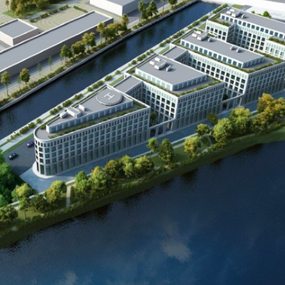
SEA RESIDENCE OFFICE COMPLEX, ST.PETERSURG
The complex of four 8-floor office buildings with a total area about 75 000 sq.m. is located on the cape between the Shkipersky Canal and the Galerny Bucket of Vasilyevsky Island. Specialists of the Complex Design Bureau of JSC "PI-No.1" are releasing all working documentation and conduct architectural supervision of the object. The commissioning of the complex is planned by the end of 2020.
Faces
The Institute’s outstanding personalities
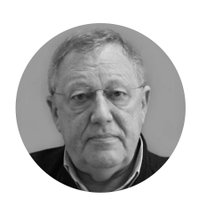
Alexander Narykin
Director of Project Development Institute No. 1 1992–2012
Alexander Narykin began his career at Project Development Institute No. 1 in 1981 as chief project engineer. In 1983-1984, he was the head of a team liquidating utility emergencies at Atommash plant in Volgodonsk. In 1984-1987, he was engaged in experimental development in the field of complete-unit construction. From 1987 to 1990, in the position of deputy chief engineer, he arranged territorial divisions of the Institute in Kalinigrad, Novgorod and Pskov. In 1988-1990, by appointment of the Ministry of Northwest Construction of the Russian Federation, he headed the planner team for the restoration of buildings and structures in Leninakan after the earthquake. He was chief engineer of the Institute from 1990 to 1992 and director from 1992 to 2012. Under his stewardship, the Institute initiated active collaboration with foreign companies in the mid-1990s, including with Ford, Нyundai, Heineken.
News
Institute projects
-
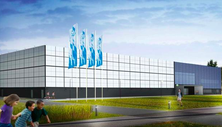
SPORT AND RECREATION CENTRE, MAYSKYI, BELGOROD AREA, RUSSIAN FEDERATION
-
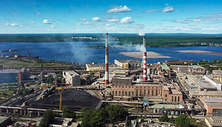
KONDOPOGA PULP&PAPER MILL, KARELIA REGION, RUSSIAN FEDERATION
-
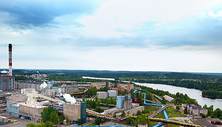
SVYATOGORSK PULP&PAPER MILL, LENINGRAD REGION, RUSSIAN FEDERATION
-
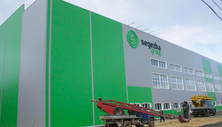
SEGEZHA PULP&PAPER MILL, KARELIA REGION, RUSSIAN FEDERATION
-
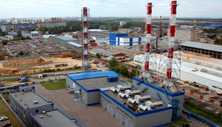
OLGINO HEAT&POWER PLANT, BALASHIKHA, MOSCOW REGION, RUSSIAN FEDERATION
-
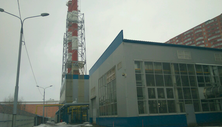
KRASNOSELSKAYA NO.6 BOILER HOUSE, TORIKI AREA, ST.PETERSBURG
-
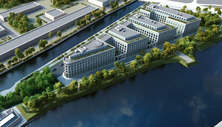
SEA RESIDENCE OFFICE COMPLEX, ST.PETERSURG
-
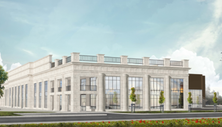
MULTIPURPOSE CENTRE WITH SKATING AREA, ASTRAKHAN, RUSSIAN FEDERATION
-
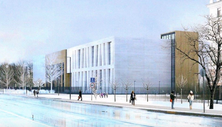
SECONDARY SCHOOL AT KRESTOVSKY ISLAND, ST. PETERSBURG
-
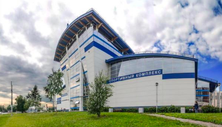
SPORT AND RECREATION CENTER AT TIKHVIN, LENINGRAD REGION, RUSSIAN FEDERATION
-
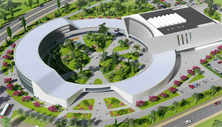
INTERNATIONAL CENTRE OF RHYTHMIC GYMNASTICS, SOCHI, RUSSIAN FEDERATION
-
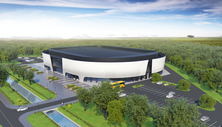
ICE PALACE, TULA CITY, RUSSIAN FEDERATION
-
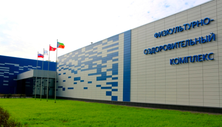
SPORT AND RECREATION CENTRE AT KLINTSY, BRYANSK AREA, RUSSIAN FEDERATION
-
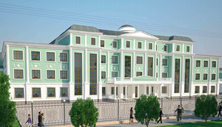
SECONDARY SCHOOL WITH SPORT FACILITIES AT BISHKEK, REPUBLIC OF KYRGYZSTAN
-
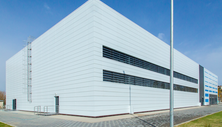
SPORT AND RECREATION CENTRE AT KYZYL-KIYA, REPUBLIC OF KYRGYZSTAN
-
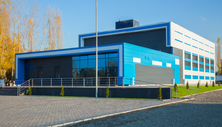
SPORT AND RECREATION CENTRE AT OSH, REPUBLIC OF KYRGYZSTAN
-
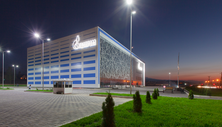
SPORT AND RECREATION CENTRE AT BISHKEK, REPUBLIC OF KYRGYZSTAN
-
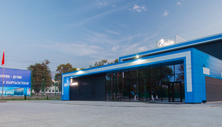
SPORT AND RECREATION CENTRE AT ARASHAN, CHUYSKAYA AREA, REPUBLIC OF KYRGYZSTAN
-
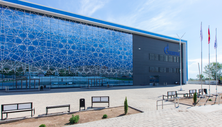
SPORT AND RECREATION CENTRE AT BAKTUU-DOLONOTU, ISSYK-KUL AREA, REPUBLIC OF KYRGYZSTAN
-
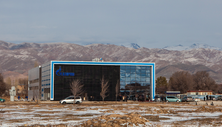
SPORT AND RECREATION CENTRE AT TALAS, REPUBLIC OF KYRGYZSTAN
-
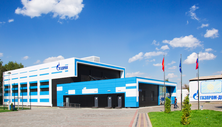
SPORT AND RECREATION CENTRE AT KARA-SUU, OSH AREA, REPUBLIC OF KYRGYZSTAN
-
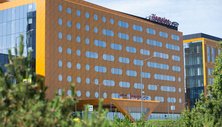
Hampton by Hilton Saint-Petersburg ExpoForum Hotel
-
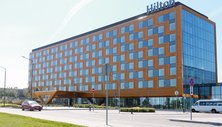
Hilton Saint-Petersburg ExpoForum Hotel
-
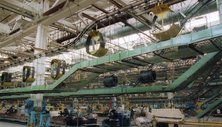
Belshina Belorussian industrial tire complex
-
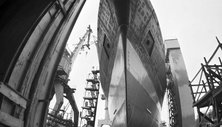
Nikolaev shipbuilding plant
-
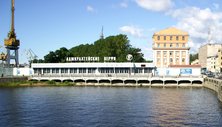
Admiralty plant
-
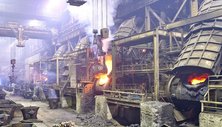
Norilsk mining-and-metallurgical integrated works
-
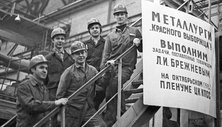
Krasny Vyborjets plant
-

Arkhangelsk self-contained paper mill
-
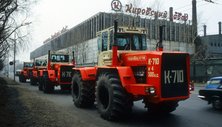
Kirov Plant
-
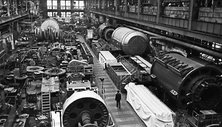
Electrosila
-
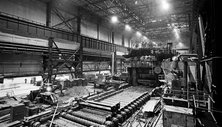
Izhorsky plant
-
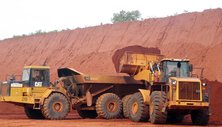
Katoka mining society
-
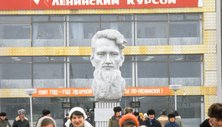
Atommash
-
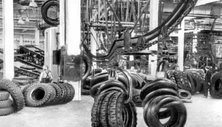
Dnepropetrovsk tyre plant
-

Sluices of the Volga-Don channel
-
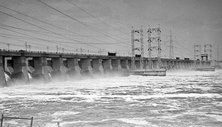
Volzhskaya hydroelectric power station
-
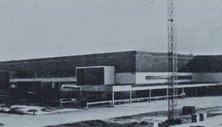
Shipyard in Loksa City, Estonia
-
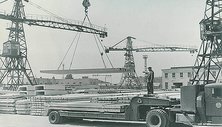
Leningrad reinforced-concrete plant No. 5
-
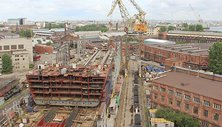
Baltic plant, Leningrad
-
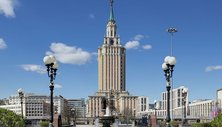
Leningradskaya Hotel
-
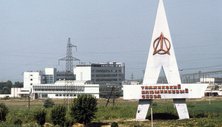
Tajik aluminum plant
-
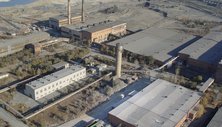
Gai ore mining and processing industrial complex
-
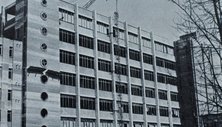
Labor banner plant named after Lepse
-
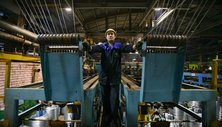
Cherepovets steel-rolling works
-
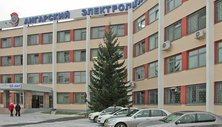
Angarsk electrolysis chemical industrial complex
-
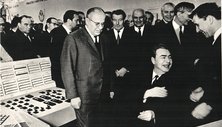
Vibrator plant
-
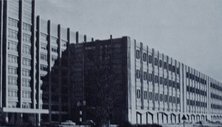
Neva furniture industrial complex
-
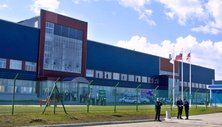
Ford auto-assembly plant
-
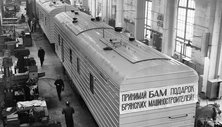
Bryansk machine-engineering plant
-
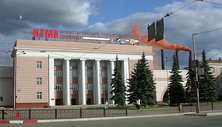
Nizhnetagilsky metallurgical industrial complex



